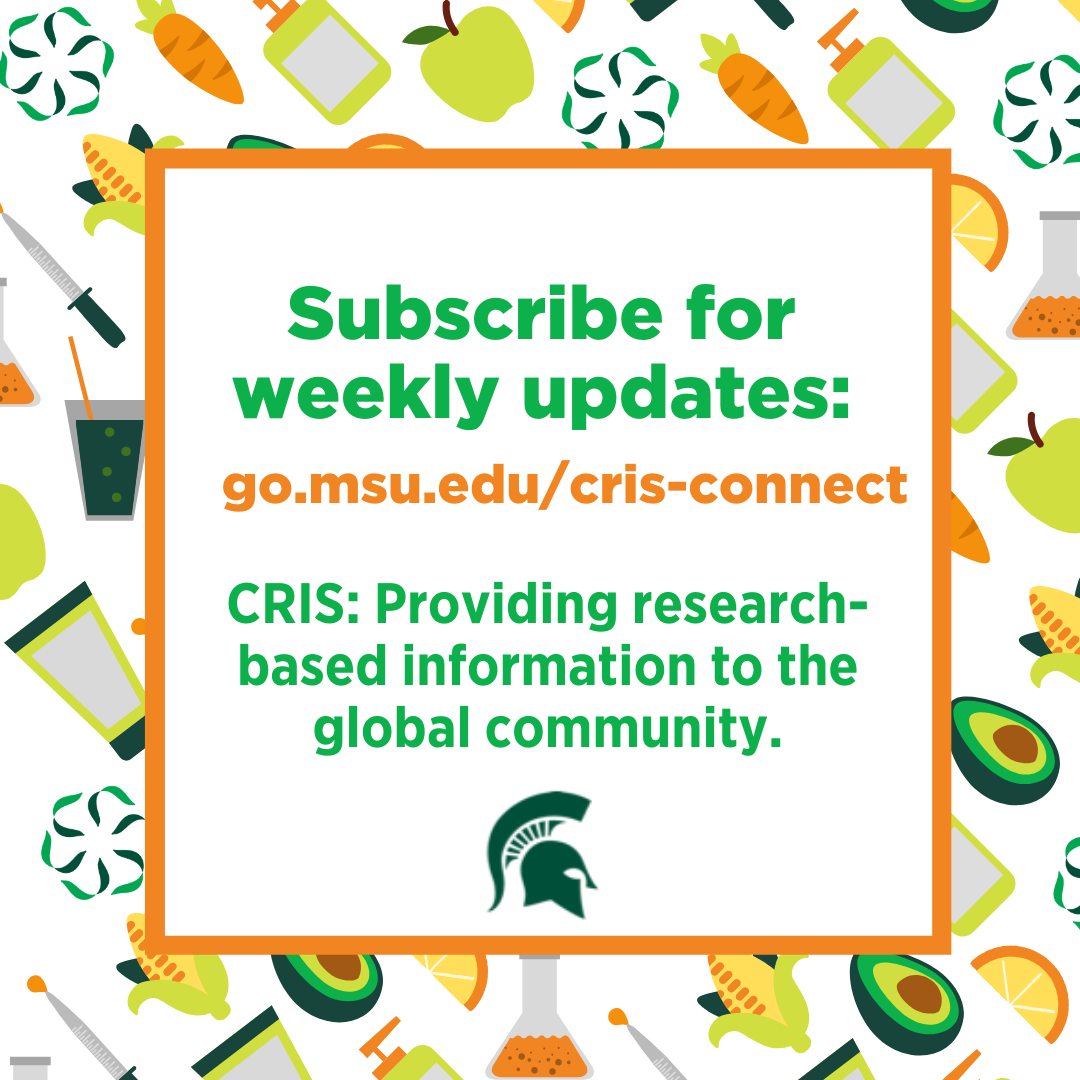New Evidence, New Outlook: Substitutions and Replacements
What happens when new evidence shows an ingredient is no longer effective or in some cases, no longer safe? In this post, we look at substitutions.

What happens when an ingredient is no longer effective or no longer safe?
When new evidence suggests that an ingredient in foods, drugs, personal care products, or cleaning products is no longer safe and/or effective AND regulators determine it must be removed from a product, a reformulation needs to occur.
If evidence suggests an ingredient in a product or drug is ineffective but still safe, regulators or manufacturers  may urge folks to discontinue using the product.
may urge folks to discontinue using the product.
Products are typically not recalled unless there is a safety concern. If evidence suggests an ingredient is harmful, manufacturers and regulators may work together to recall a product or food.
Do manufacturers replace the ingredient with something else?
Every ingredient serves a specific purpose. When an ingredient is no longer allowed in a product, it must be replaced with an ingredient that functions in the same capacity.
Let's look at a recent example, phenylephrine.
We find phenylephrine in over-the-counter cold and allergy drugs. Manufacturers added it to serve as a decongestant.
New evidence suggests it is not an effective decongestant (although it remains safe).
In the future, manufacturers may need to reformulate the products that use phenylephrine with a different ingredient that is an effective decongestant.
Do manufacturers have to replace banned ingredients? Can't they omit them from the product?
Again, every ingredient in a product serves a specific purpose.
Manufacturers cannot omit certain ingredients and get the same result.
Let's break this idea down further.
Bisphenol A (BPA) is an ingredient used to help harden plastics, reduce bacteria growth, prevent cans from rusting, and more.
After BPA came under extreme scrutiny, manufacturers were pressured (or, in some countries, required) to remove it from products. However, we still needed a replacement ingredient with the same properties as BPA.
Researchers and manufacturers then looked for an ingredient similar to BPA that could be an effective replacement. Now we see ingredients like bisphenol S (BPS) and bisphenol F (BPF) in products that once contained BPA.
You'll notice the name sounds similar because they are in the same class of chemicals and have similar structures, metabolism, potencies, and modes of action. Meaning the replacement chemical will provide a comparable function as the original chemical.
Is there risk in replacing chemical ingredients with a different ingredient?
All decisions carry risk.
Replacement ingredients inherently have unknown risks because they are often not researched to the same extent as older, more familiar ingredients. Therefore, we may not know the exact behavior, toxicity, or effects of the replacement chemical until we've used it and studied it more extensively.
Key areas of concern include,
- Underestimating risk
- Inadequate environmental assessments
- Adverse public health impacts
Researchers and manufacturers will still undertake the risk assessment process for replacement ingredients. However, more well-designed long-term studies will introduce new evidence and may change our understanding of a replacement ingredient's safety profile.
What are researchers and manufacturers doing to improve chemical ingredient safety?
Researchers and manufacturers are working to design safer chemicals. However, developing, assessing, and getting new chemicals approved takes years. It's a long process, but the future is bright in this space, especially as technology advances.
Can we have chemical-free products and food?
Everything is a chemical.
When we think of chemicals, it's easy to think they're artificial, human-made additions to our lives rather than the foundation of our lives. Even things we may not think of as chemicals, like water, oxygen, sugar, protein, and DNA, are all examples of chemicals.
The periodic table of elements is the foundation of our world and the chemicals that make up our world. Everything around us, including us, is made of these elements or different combinations of these elements.
It's impossible to have chemical-free products and food. But we can do our best to reduce our exposure to chemicals with a higher risk or hazard profile.
The good news.
Scientists continue to advance research into ingredients with lower human and environmental impacts as technology enables us to model and predict ingredient behavior. As we increase our knowledge, manufacturers can reformulate products to ensure they have the desired safety profile.
If you have any questions about foods and ingredients, please reach out to us on Twitter, send us an email, or submit your idea to us at go.msu.edu/cris-idea



 Print
Print Email
Email

